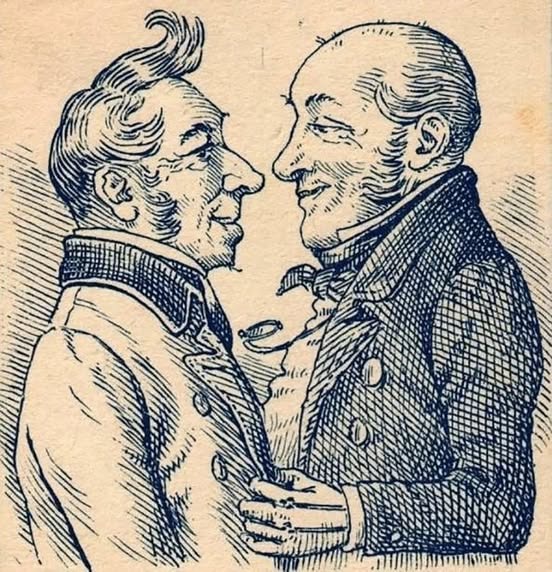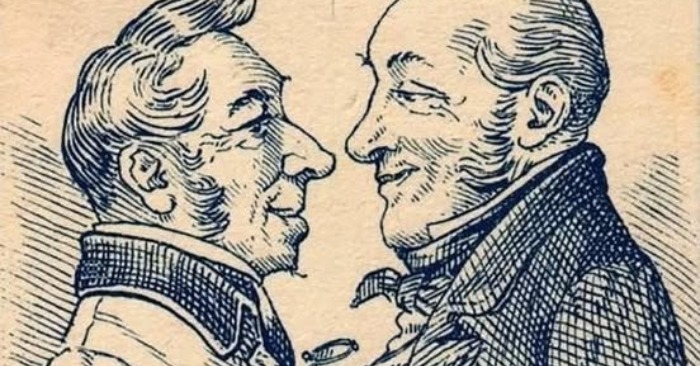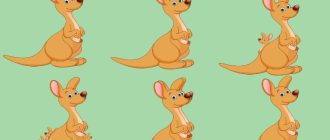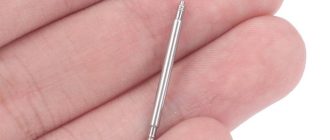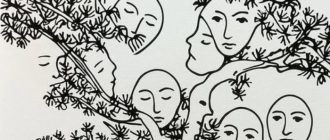At first glance, the image seems straightforward: two well-dressed gentlemen from the 19th century facing each other in polite conversation. Their detailed features—sharp noses, tidy coats, and old-fashioned sideburns—make it look like nothing more than a classic sketch of the era. But take a closer look, and you’ll realize there’s much more hidden in plain sight.
The artwork is an example of a double image illusion, where one scene conceals another entirely different figure. Hidden within the contours of the men’s faces and clothing is the outline of a woman. Her presence isn’t obvious at first, because your brain naturally interprets the drawing as two men. But with some focus, her face emerges clearly, framed by the men’s profiles.
Our brains are wired to process the most obvious image first. In this case, the bold outlines of the men dominate, leaving the subtler hidden portrait unnoticed. This phenomenon is tied to perceptual set, where our expectations influence what we see. Unless you’re specifically told to look for something else—like a woman—you might never notice her at all.
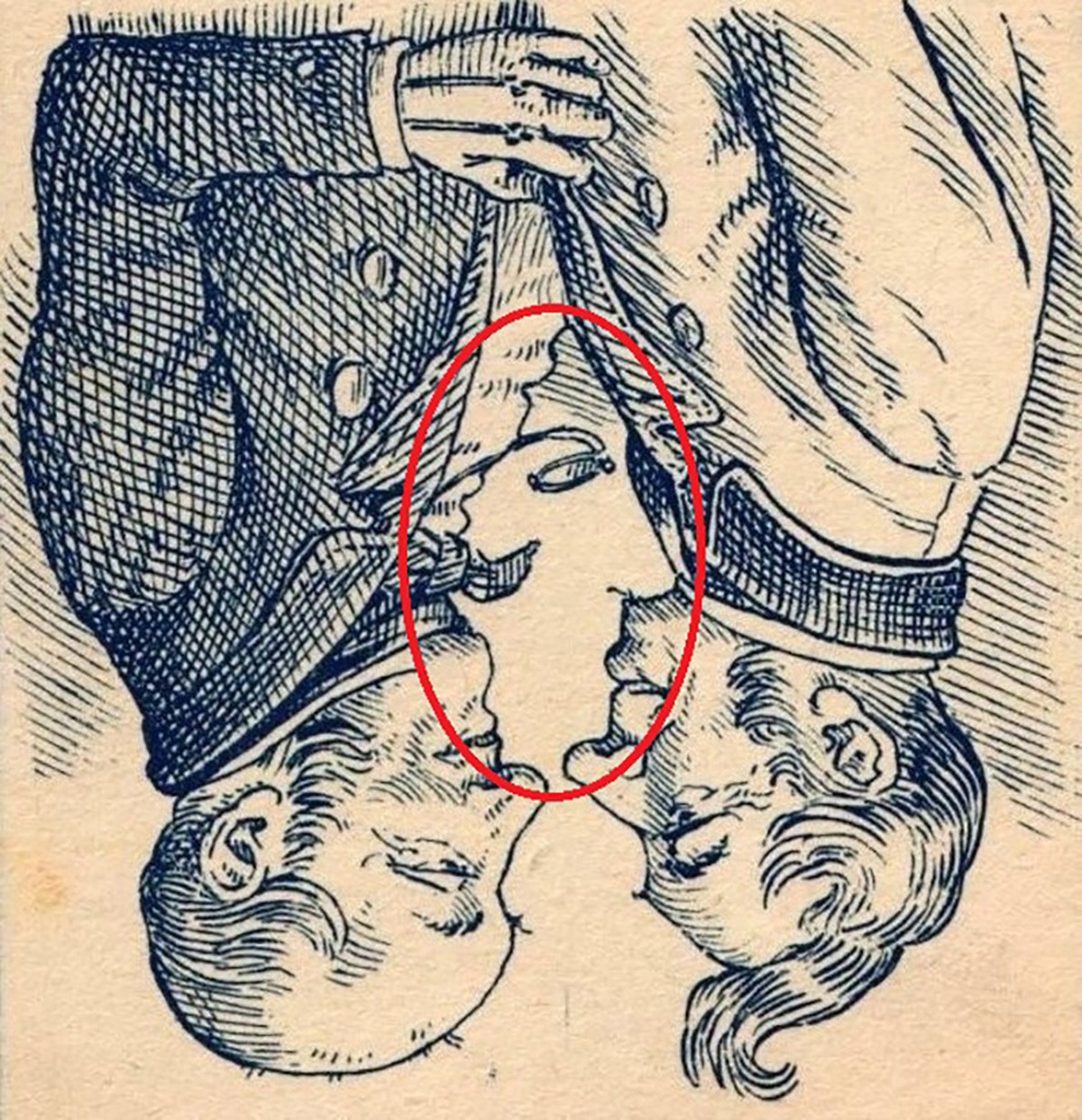
Illusions like this were popular in the 19th and early 20th centuries, often published in illustrated books and newspapers as a form of entertainment. They delighted readers by challenging their perception and proving how easily the eye could be tricked. Today, they remain fascinating reminders that seeing is not always believing.
Can you spot the hidden woman? Look closely at the space between the two men’s faces, their clothing lines, and the curves of their profiles. Once you see her, you won’t be able to unsee it—and the illusion suddenly transforms from two men into a completely different image.
Did you find the woman right away, or did it take you some time? Share your experience in the comments!
